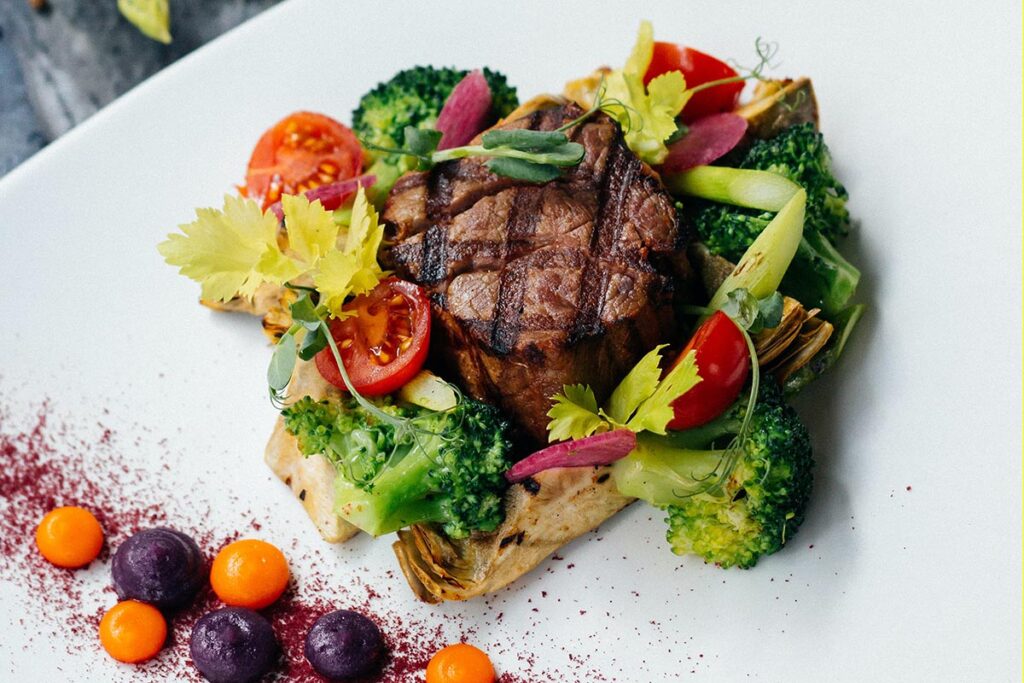
How many times have you heard that you need to check your iron blood levels? How often do you feel too tired and unable to do your proper training and you don’t know the source? Well, it might come from iron deficiency. So if this is the problem, let’s check why iron is so important for our health and what you can do to prevent low iron levels.
Iron is a mineral that has many different roles in our body. It is an essential component of hemoglobin, a red blood cell (erythrocyte) protein that transports oxygen around the body, from the lungs to the tissues. Iron is also important for producing energy, maintaining a healthy immune system and storing oxygen in our muscles. It supports muscle metabolism and healthy connective tissue and it is the reason why muscles are red!
Iron is also necessary for physical growth, neurological development, cellular functioning, and synthesis of some hormones.
Knowing all this, it looks obvious why we need to think about our iron levels, especially if we are an active person, and we want to stay fit, healthy and to prevent injuries.
Recommended daily intake (RDI) of iron differs for men and women. Women in their reproductive years have a much higher requirement than men, more than double. Recommended daily intake for women 19+ years old is 18 mg per day and for the men in the same age group 8 mg per day. Women can find it difficult to meet their daily requirements with food alone. This means that women have a higher risk of iron deficiency and therefore are advised to have their iron levels regularly checked (especially if they are highly active).
More data: Scientific Opinion on Dietary Reference Values for iron
If you are highly active (perhaps preparing yourself for a marathon) or you are on a low-calorie diet and you notice some of these symptoms, you just might have an iron deficiency.
If the supply of iron is insufficient to meet your physiological requirements, iron stores will be mobilised and iron deficiency will develop once the stores are exhausted. Iron deficiency anaemia (microcytic anaemia with haemoglobin concentrations below normal) is the most common nutritional deficiency disorder, and is found in all countries of the world.
The symptoms of iron deficiency could be fatigue, headache, pale skin, weakness or dizziness, lack of concentration, increased risk of infection, bad nails…
Be aware that many of these symptoms could come from some other health problems. No matter what symptoms you might have, only consulting a doctor and making a blood test can tell if you have an iron deficiency. Also, it is important to see what is the real source of your problem.

Taking care of your body, eating food rich in vitamins and minerals can prevent many health problems. Eating food rich in nutrients that you might need or taking supplements is a way to start. But what about iron, what food is a good source of iron?
There are two types of iron that we can get from foods: heme and nonheme. The richest sources of heme iron are animal-based sources such as red meat and this type of iron is most easily absorbed. Non-heme iron is found in plant-based sources such as beans, lentils, nuts, dark green leafy vegetables.
Haem iron food can increase the absorption of nonheme iron food. Also, vitamin C (ascorbic acid) can enhance the absorption of non-haem iron.
So, what to do? Do not forget to add green leafy vegetables to your meals as well a vitamin C rich food such as citrus fruits (lemon, oranges), berries, kiwi, pink grapefruit, tomatoes, sweet potatoes, broccoli, brussels sprouts, cauliflower, cabbage, green and red peppers, spinach…
Tip: Cooking may reduce the amount of vitamin C in fruits and vegetables. Try eating a variety of raw fruits and vegetables every day or to lose the least vitamin C try steaming the foods.
We suggest reading our post on Sports Nutrition.
Sources: